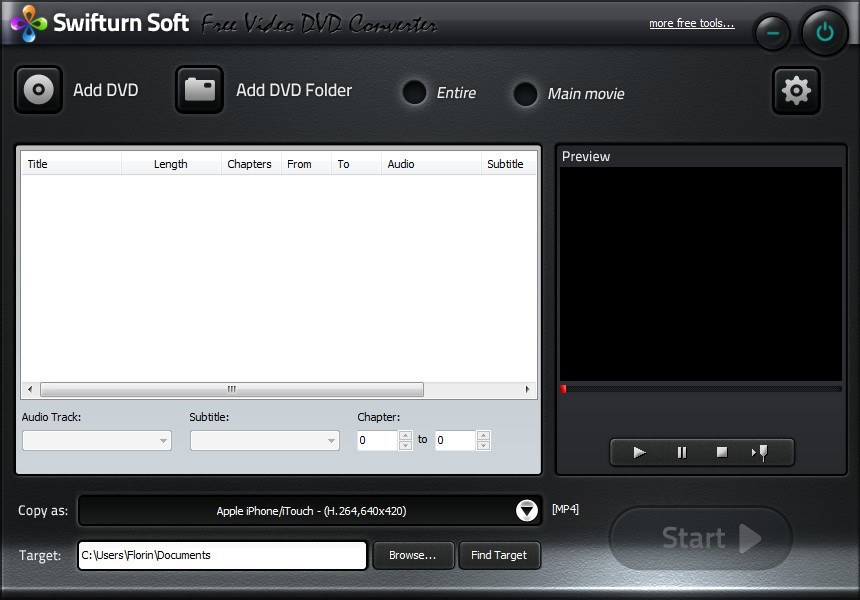



This IDE supports testing frameworks like XCTest, Boost Test, etc., which makes unit testing easier for you. There is also a code refactoring feature, which helps with better coding.ĪppCode continuously monitors your code and alerts you about errors. AppCode is easy to navigate, moreover, it offers code completion features. This IDE takes care of several routine tasks and saves typing effort. It‘s called “ AppCode”, and it facilitates iOS/macOS development. JetBrains offers one such IDE for Objective-C developers. You need a robust ’integrated development environment‘ (IDE) when converting your app from Swift to Objective-C. Step #3: Use the right tools for migrating apps from Swift to Objective-C Consult our guide “ How to build an Agile development team?”. Since mobile app development projects follow iterative (sprint) development, I recommend you use the Agile methodology. You need testers, and finally a project manager (PM). You need to hire iOS developers with Swift and Objective-C skills. Step #2: Induct a team to migrate your app from Swift to Objective-CĪssuming that you aren‘t adding any new features and that you already have a ’Mobile Backend as a Service‘ (MBaaS) account, you can proceed.īased on these assumptions, you can exclude business analysts, ’user interface‘ (UI) designers, mobile backend developers who are knowledgeable in MBaas platforms such as AWS Amplify, third-party APIs, application security, etc., and cloud infrastructure developers and architects from the team. You need to adequately explain this to your business stakeholders, which will help in setting the right expectations about the project schedule and budget. To convert Swift to Objective-C, you need a custom development project since you have to manually convert the code. Read more about this in this Stack Overflow Q&A thread. Examples of such features are generics, algebraic data types, and pattern matching. The reason could be the lack of demand for such code porting tools, moreover, some features of Swift have no equivalent in Objective-C. However, there is no tool to enable automatic Swift to Objective-C conversion. Read “ Importing Swift into Objective-C” to know more about it. You can import Swift types and declarations into your Objective-C code. When a Swift bridging header is not sufficient, you need to manually move your app from Swift to Objective-C. Step #1: Stakeholder expectation management Identify Objective-C equivalent of Swift code.Outline code for Swift to Objective-C conversion.Onboard your experienced development team.How to Convert app from Swift to Objective-Cįollow the following steps to convert your app from Swift to Objective-C. Interested in how to convert an iOS app from Swift to Objective-C?


 0 kommentar(er)
0 kommentar(er)
